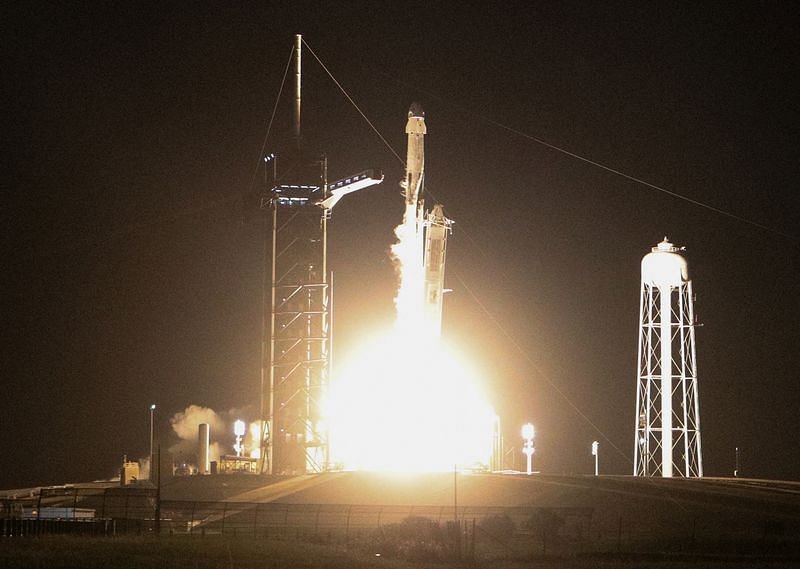Free Courses Sale ends Soon, Get It Now


Free Courses Sale ends Soon, Get It Now



Disclaimer: Copyright infringement not intended.
Context
Details
Key Highlights
Satellite Constellation:
FCC Approval and Timeline:
Launch Contracts and Investment:
Operational Plans and Antenna Technology:
Development and Legal Challenges:
Future Projections:
Significance and Implications:
Challenges and Considerations:
SpaceX: Overview and History
Falcon 9 Rocket: Overview and Design
Conclusion
Project Kuiper represents Amazon's ambitious endeavor to deploy a constellation of satellites aimed at providing global broadband internet access. Despite legal challenges and launch complexities, the project demonstrates a commitment to leveraging advanced satellite technology to bridge the digital divide and offer affordable, high-speed internet connectivity to underserved populations worldwide.
|
PRACTICE QUESTION Q. Discuss the strategic significance of Project Kuiper initiated by Amazon in the context of global satellite internet connectivity. How does Project Kuiper differ from the Kuiper Belt in the realm of space exploration? (250 Words) |
© 2024 iasgyan. All right reserved